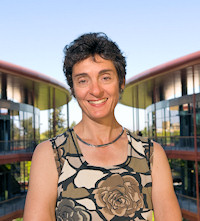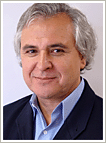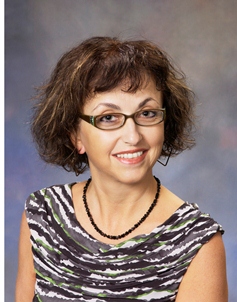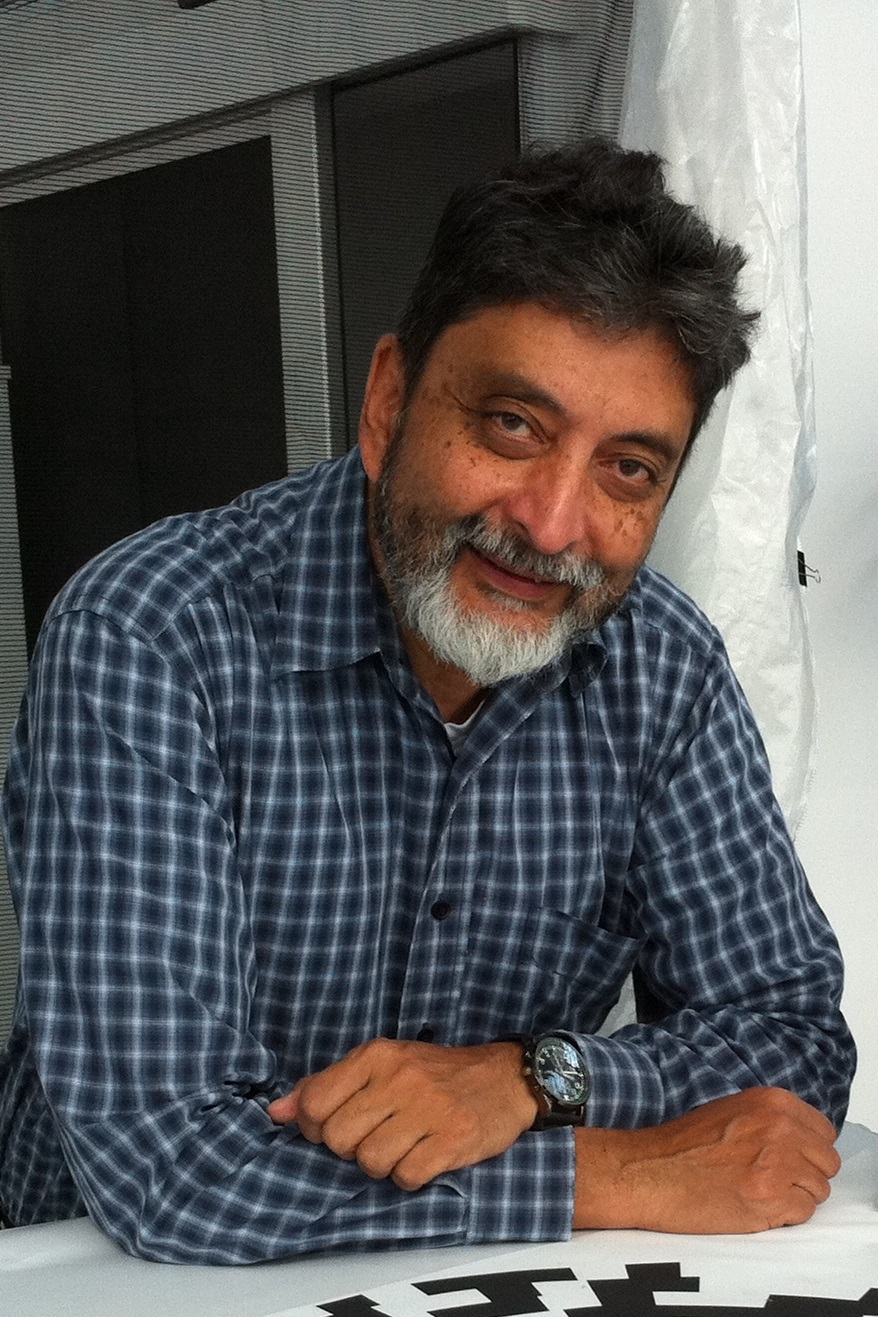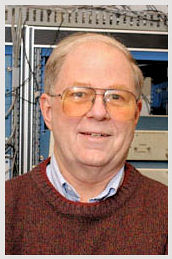 |
Robert H. WurtzLaboratory of Sensorimotor Research, National Eye Institute, NIH, Bethesda, MD Audio and slides from the 2009 Keynote Address are available on the Cambridge Research Systems website. |
Brain Circuits for Stable Visual Perception
Saturday, May 9, 2009, 7:30 pm, Royal Palm Ballroom
In the 19th century von Helmholtz detailed the need for signals in the brain that provide information about each impending eye movement. He argued that such signals could interact with the visual input from the eye to preserve stable visual perception in spite of the incessant saccadic eye movements that continually displace the image of the visual world on the retina. In the 20th century, Sperry as well as von Holst and Mittelstaedt provided experimental evidence in fish and flies for such signals for the internal monitoring of movement, signals they termed corollary discharge or efference copy, respectively. Experiments in the last decade (reviewed by Sommer and Wurtz, 2008) have established a corollary discharge pathway in the monkey brain that accompanies saccadic eye movements. This corollary activity originates in the superior colliculus and is transmitted to frontal cortex through the major thalamic nucleus related to frontal cortex, the medial dorsal nucleus. The corollary discharge has been demonstrated to contribute to the programming of saccades when visual guidance is not available. It might also provide the internal movement signal invoked by Helmholtz to produce stable visual perception. A specific neuronal mechanism for such stability was proposed by Duhamel, Colby, and Goldberg (1992) based upon their observation that neurons in monkey frontal cortex shifted the location of their maximal sensitivity with each impending saccade. Such shifting receptive fields must depend on input from a corollary discharge, and this is just the input to frontal cortex recently identified. Inactivating the corollary discharge to frontal cortex at its thalamic relay produced a reduction in the shift. This dependence of the shifting receptive fields on an identified corollary discharge provides direct experimental evidence for modulation of visual processing by a signal within the brain related to the generation of movement – an interaction proposed by Helmholtz for maintaining stable visual perception.
Biography
Robert H. Wurtz is a NIH Distinguished Scientist and Chief of the Section on Visuomotor Integration at the National Eye Institute. He is a member of the National Academy of Sciences and the American Academy of Arts and Sciences, and has received many awards. His work is centered on the visual and oculomotor system of the primate brain that controls the generation of rapid or saccadic eye movements, and the use of the monkey as a model of human visual perception and the control of movement. His recent work has concentrated on the inputs to the cerebral cortex that underlie visual attention and the stability of visual perception.

